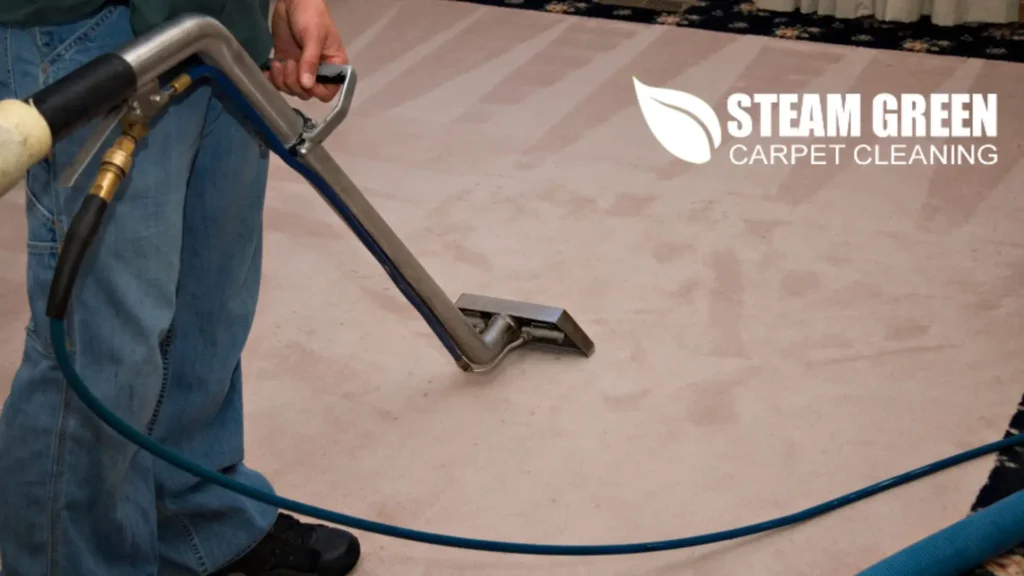Keeping carpets clean and fresh can be a challenge, especially in high-traffic areas of the home. Understanding various carpet cleaning techniques helps homeowners maintain a spotless, healthy environment. Here’s a look at the most effective carpet cleaning methods and when to use them for optimal results.
Steam Cleaning (Hot Water Extraction)
Steam cleaning, or hot water extraction, is one of the most popular carpet cleaning methods due to its deep-cleaning abilities. This technique involves injecting hot water and a cleaning solution into the carpet fibers, followed by powerful extraction to remove dirt, bacteria, and allergens. Steam cleaning is highly effective for tackling deeply embedded dirt and is ideal for homes with pets or allergy sufferers.
Benefits of Steam Cleaning
Steam cleaning sanitizes carpets by killing germs and dust mites, providing a deeper clean than many other methods. Additionally, it helps restore the carpet’s appearance, making it look newer and fresher. However, because it uses moisture, it’s important to allow adequate drying time to prevent mold or mildew.
Dry Carpet Cleaning
Dry carpet cleaning is a low-moisture alternative, making it a convenient option for quick cleanups. In this method, a specialized powder or compound is spread over the carpet, which absorbs dirt as it’s worked into the fibers. The powder is then vacuumed up, leaving the carpet clean and ready to use almost immediately.
Advantages of Dry Cleaning
Dry carpet cleaning is ideal for busy households because it doesn’t require a long drying time. It’s a great option for delicate carpets or those that can’t handle excessive moisture. However, it may not remove as much deeply embedded dirt as steam cleaning, so it’s best suited for light maintenance or in between deep cleans.
Carpet Shampooing
Carpet shampooing involves applying a foamy detergent to the carpet and scrubbing it into the fibers with a brush or rotary machine. Once the shampoo loosens the dirt, it is extracted, along with the debris. This method is effective for high-traffic areas or heavily soiled carpets, as it works the cleaning solution deep into the fibers.
Drawbacks of Shampooing
Although shampooing is effective for stubborn stains, it often requires thorough rinsing to prevent detergent residue. Any leftover soap can attract dirt, leading to quicker re-soiling. Additionally, shampooed carpets may need extended drying time to avoid dampness.
Encapsulation Cleaning
Encapsulation cleaning is a newer, eco-friendly carpet cleaning technique that uses a polymer-based solution. This solution crystallizes dirt particles into dry residues, which are then easily vacuumed away. It’s commonly used in commercial settings but is gaining popularity in residential carpet cleaning for its quick-drying and low-residue benefits.
Eco-Friendly and Efficient
Encapsulation cleaning uses fewer chemicals and less water, making it an environmentally friendly choice. It also leaves less residue, reducing the chances of rapid re-soiling. While it’s effective for general maintenance, it may not remove deep stains as thoroughly as steam cleaning.
Each carpet cleaning technique offers unique benefits, from the deep clean of steam cleaning to the convenience of dry cleaning. By understanding these methods, homeowners can choose the best option to keep their carpets fresh, clean, and long-lasting.
Learn more about Carpet cleaning:
How Often Should You Really Clean Your Carpets? A Guide for Different Households

